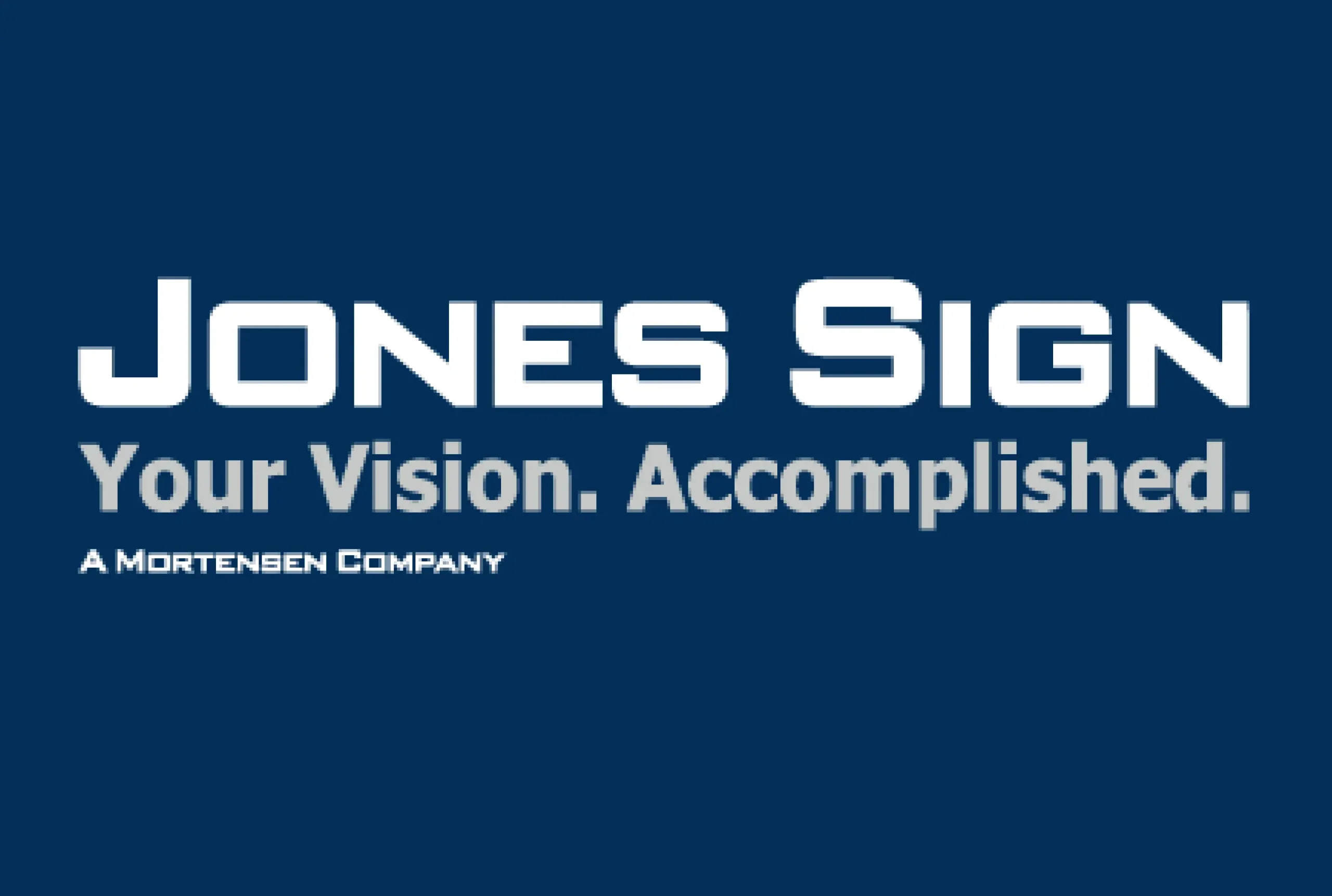Working at heights requires careful planning and the proper safety measures. Employers and workers must follow strict precautions to prevent accidents. Falls can cause severe injuries and long-term consequences for those involved. Everyone working at heights should understand potential hazards and ways to stay protected. This article covers essential safety tips for working in elevated areas.
1. Use Fall Protection Equipment Properly
A self retracting lifeline is essential for anyone working at elevated levels. It provides continuous fall protection by automatically adjusting to the user’s movement. Workers should always inspect their gear before starting any task. Look for damage, wear, or malfunctions that could impact its effectiveness. Employers must provide them with the right tools and guidelines for safe usage.
Harnesses, lanyards, and other protective gear are also essential. Before starting any task, workers should check that anchor points can support their weight. Safety gear should be adjusted to fit securely to prevent discomfort or restricted movement. Following manufacturer instructions ensures that all protective devices are used correctly during emergencies.
2. Conduct a Thorough Risk Assessment
Every worksite must identify and manage risks before starting any task. A thorough risk assessment helps identify potential hazards that could lead to falls. Employers and safety officers should evaluate structural stability, weather conditions, and nearby obstacles. Identifying these risks allows workers to take preventive measures before accidents occur.
They should know potential weak spots, unstable surfaces, and environmental factors. Wind, rain, or uneven ground can increase the risk of accidents at elevated sites. Proper safety measures can prevent unnecessary injuries. Conducting frequent assessments ensures that new risks are identified and addressed quickly.
3. Maintain Clear Communication Among Workers
Effective communication is essential when working in high-risk environments. Workers should always inform colleagues of their location and planned activities. Radios, hand signals, and verbal cues help communicate clearly in noisy environments. Coordination between team members ensures everyone remains aware of ongoing tasks and safety measures.
Supervisors should provide clear instructions and establish emergency response protocols. They must report unsafe conditions immediately to prevent accidents. Clear communication prevents misunderstandings that could lead to serious falls or injuries. Every team member should understand their role in maintaining a safe environment.
4. Follow Proper Ladder and Scaffold Safety Practices
Ladders and scaffolds are standard tools for working at heights. However, improper use can lead to dangerous falls. Workers must inspect ladders and scaffolds before using them. Any defects, loose parts, or unstable structures should be reported and fixed. Always place ladders on stable ground and secure them to prevent slipping.
Maintain three points of contact while climbing to ensure balance and stability. Scaffolds should have guardrails, toe boards, and secured planks. Never overload ladders or scaffolds with excess weight beyond their capacity. Following proper procedures reduces the risk of accidents and injuries.
5. Stay Aware of Environmental Conditions
Weather conditions significantly impact safety when working at heights. Strong winds, rain, or ice can create dangerous situations. Workers should check the forecast before beginning any elevated task. Wet or icy surfaces increase the risk of slipping and falling. If conditions become hazardous, postpone the task until the environment is safe.
Sudden weather changes require quick decision-making to protect them from danger. Extreme temperatures can also affect safety by causing fatigue or reduced focus. Proper clothing and protective gear help maintain comfort and protection during tasks. Monitoring environmental factors prevents unnecessary risks and ensures a safer workplace.
Working at heights requires special considerations. Using essential items like a self retracting lifeline and other items prevents falls and protects workers at heights. Following ladder and scaffold safety guidelines reduces potential hazards and ensures stability. Maintaining strict safety protocols helps prevent workplace injuries and promotes a secure environment.











